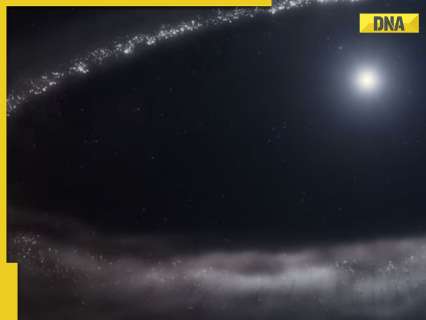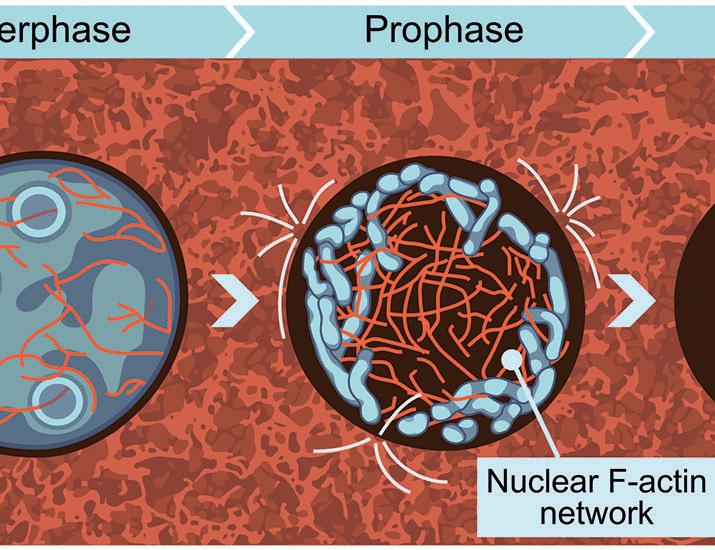Now Reading: NASA James Webb Telescope confirms first discovery of frozen water beyond Solar System, details inside
-
01
NASA James Webb Telescope confirms first discovery of frozen water beyond Solar System, details inside
NASA James Webb Telescope confirms first discovery of frozen water beyond Solar System, details inside

NASA’s James Webb Space Telescope has detected frozen water ice in a young star system, HD 181327, marking the first confirmed discovery of such ice outside our solar system.
For the first time, scientists have shown the presence of frozen water or water ice, outside our Solar System, way to NASA’s James Webb Space Telescope (JWST). While icy water has been discovered on planets, moons, and comets inside our sun gadget, this is the first clear evidence of frozen water in another megastar machine.
The discovery, published in the magazine Nature, comes from a younger celebrity machine named HD 181327, which is positioned around 155 mild-years away. This star is most effective at approximately 23 million years old (a great deal more youthful than our Sun), and it’s miles a bit warmer and larger than the Sun too. The system around it has a large ring of dust and particles so, something like our personal Kuiper Belt, which is determined beyond Neptune in our solar system.
Using its powerful infrared skills, the Webb telescope spotted crystalline water ice within the outer components of this system. This form of ice may be very pure and organized, like what we see in Saturn’s rings and the icy areas of our Kuiper Belt.
Lead researcher Chen Xie defined that the particle ring round HD 181327 is very lively, with icy bodies frequently crashing into each other. These collisions launch quality grains of water ice, which can be simply the right length for Webb’s contraptions to come across.
Interestingly, the ice isn’t evenly spread during the disk. Most of it is observed in the coldest, farthest areas from the star. In the center of the disk, approximately 8% of the material is water ice, meaning ice is forming there slightly faster than it’s getting destroyed.
Before the James Webb Telescope, scientists didn’t have gear sensitive enough to spot this sort of detail. Now, after this interesting discovery, researchers are hoping to study more such structures to apprehend how water — an important element for life — bureaucracy and spreads across the galaxy.























